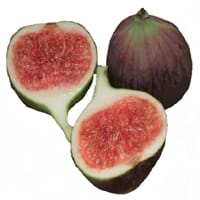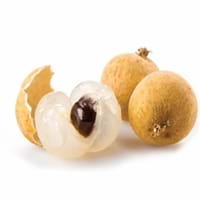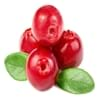Health Benefits
Cancer prevention, Controls blood pressure, Heart care, Increase in haemoglobin, Prevents constipation, Prevents macular degeneration, Reduces nervous tension
Anti depressant, Anti-inflammatory properties, Healthy mucus membrane, prevents oral cavity cancer, Prevents anemia, Prevents cases of morning sickness, Prevents lung cancer, Skin rejuvenation, Treatment of colonic diseases
General Benefits
Controls blood pressure, Helps in weight loss, Maintains healthy cholesterol level, Strengthens bones
Anti oxidant properties, Anti-inflammatory properties, Digestive aid, Gives you energy, Suppresses Arthritis
Skin Benefits
Brightens and lightens complexion, Hydrates skin, Skin rejuvenation, Treatment of acne
Reduces wrinkles, Skin rejuvenation
Hair Benefits
Good conditioner, Regulates hair growth, Softening mask
Not Available
Allergy Symptoms
Abdominal pains, Anaphylaxis, Coughing, Headaches, Hives, Itching, Nasal congestion, Skin rash, Sneezing, Sore throat, Swelling of hands
Itching, Swelling of mouth, tongue or lips, Tingling sensation in mouth
Side Effects
Allergic reaction, Skin rash, Possibly unsafe during pregnancy
Mouth irritation, Weight gain
Best Time to Eat
Best if taken as a breakfast (or empty stomach), Don't consume at night and before bed, Morning time (before lunch)
As a snack in the late afternoon
Vitamin B5 (Pantothenic Acid)
Vitamin C (Ascorbic Acid)
Vitamin E (Tocopherole)
Not Available
Vitamin K (Phyllochinone)
Not Available
Lutein+Zeaxanthin
Not Available
Phytosterol
Not Available
Calories in Fresh Fruit with Peel
Calories in Fresh Fruit without Peel
Not Available
Not Available
Calories in Frozen Form
Not Available
Calories in Dried Form
Not Available
Calories in Canned Form
Not Available
Calories in Jam
Not Available
Type
Tree fruit
Tree fruit, Tropical
Season
Summer, Winter
Mid to late summer
Varieties
Abyad, Adriatic, Alma, Atreano, Bataglia, Black Bethlehem, Black Madeira, Black Mission, Brown Turkey, Sierra, Calimyrna, Kadota, Deanna, Figoin and Hardy Chicago Fig
Chompoo Longan, Kohala Seedling, Haew, Edau and Biew Kiew
Seedless Variety
Yes
Not Available
Color
Green, Purple, Red
Rusty brown
Inside Color
Pink
Yellowish brown
Origin
Western Asia
Mexico
Soil Type
Clay, Limestone, Loam, Sandy
Well-drained
Climatic Conditions
Dry, Warm
Sunny, Warm, Without frosts
Facts about
- Fig tree is considered as a symbol of abundance, fertility and sweetness.
- The fig is made up of 55% of natural sugar so they are the sweetest fruits.
- Figs are used as a fat substitute in recipes.
- Longan is also called as "Dragon's eye" in China as it gives an impression of an eyeball.
- Longan seeds can be used to absorb the venom after the snake bite and they also help to stop bleeding.
Top Producer
Turkey
Thailand
Other Countries
Albania, Algeria, Brazil, Egypt, Iran, Morocco, Syria, Tunisia, United States of America
Australia, Combodia, Taiwan, United States of America, Vietnam
Top Importer
France
China
Top Exporter
Turkey
Thailand
Botanical Name
Ficus carica
Dimocarpus longan
Synonym
Not Available
Dragon eye
Subkingdom
Tracheobionta
Viridiplantae
Division
Magnoliophyta
Tracheophyta
Class
Magnoliopsida
Magnoliopsida
Subclass
Alismidae
Rosidae
Family
Moraceae
Sapindaceae
Species
Ficus carica
D. longan
Generic Group
Mulberry
Not Available
Difference Between Fig and Longan
We might think that Fig and Longan are similar with respect to nutritional value and health benefits. But the nutrient content of both fruits is different. Fig and Longan Facts such as their taste, shape, color, and size are also distinct. The difference between Fig and Longan is explained here.
The amount of calories in 100 gm of fresh Fig and Longan with peel is 74.00 kcal and 83.00 kcal and the amount of calories without peel is Not Available and Not Available respectively. Thus, Fig and Longan belong to Low Calorie Fruits and Low Calorie Fruits category.These fruits might or might not differ with respect to their scientific classification. The order of Fig and Longan is Rosales and Sapindales respectively. Fig belongs to Moraceae family and Longan belongs to Sapindaceae family. Fig belongs to Ficus genus of Ficus carica species and Longan belongs to Dimocarpus genus of D. longan species. Beings plants, both fruits belong to Plantae Kingdom.









